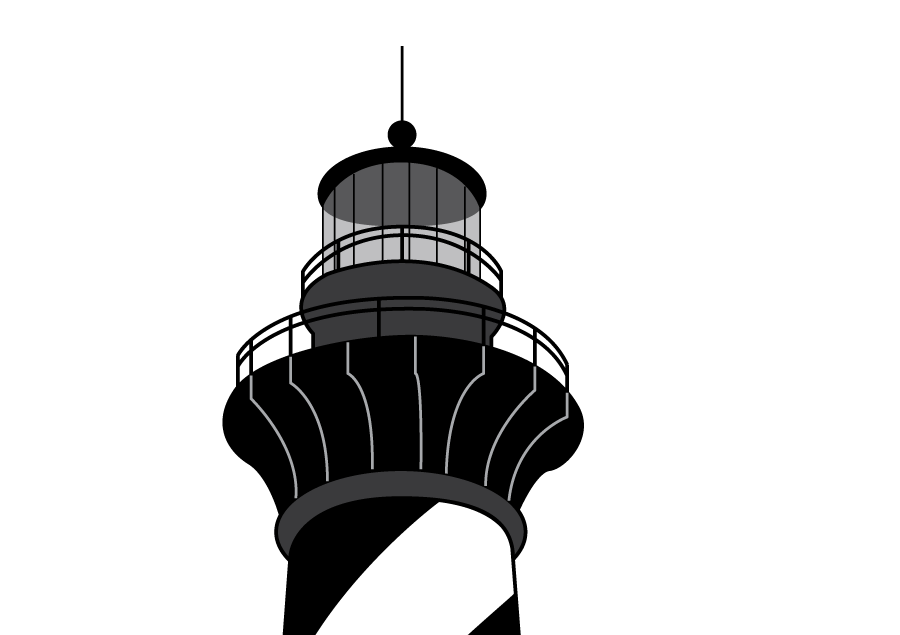CONSUMER LOYALTY AND CUSTOMER MASTER DATA

Pretectum previously mentioned how some airlines leveraged their loyalty programs to secure loans from various backers. At face value, this tells you that though we as consumers store value in our reward points or air miles, so do the airlines and retailers themselves!
Customer loyalty programs like Airmiles and rewards are forged relationships between brands and customers. This is one of the reasons that when a rewards or loyalty program changes the terms and conditions of the relationship, sometimes you will see a sharp uptick or drop-off in the use or support of that program. Launching a loyalty program is also expensive and complex.
In the US alone, companies spend a staggering $2 billion on loyalty programs every year according to Capgemini.
Typically loyalty programs serve as a way for the brand to offer membership-related exclusive products, promotions, or pricing. The reciprocated offer from the customer is their agreement to sustain the relationship with preference against that product line or service through repeat purchases or brand engagement.
In a nutshell, a loyalty program is another marketing mix element. A part of any marketing strategy Loyalty Programs is designed to encourage customers to sustain their shopping or use the services of a business associated with the brand and program.
Loyalty programs cover most types of commerce, each having different features and rewards. Industry segments that have leveraged broad loyalty programs include financial credit, hospitality & travel, retail and entertainment.
According to Sallie Burnett, a loyalty consultant and Founder of Customer Insight Group. in a Forbes article, one of the most successful loyalty program examples is that of Nordstrom retail stores. Nordstrom customers move up through levels from Member to Insider, Influencer and Ambassador.
Annex Cloud a loyalty experience solution suggests however that not all loyalty programs are a guarantee of success. Annex Cloud cite, a report by Capgemini wherein a high percentage of loyalty programs are considered to be failing.
53% of consumers stated that they abandoned at least one loyalty program within the last year which means businesses are putting money and energy into strategies that aren’t being successful. The main reasons vary, from a lack of reward relevance, flexibility, and value (44%) through a lack of a seamless multi-channel experience (33%) to customer service issues (17%).
Pretectum feels that one of the ways to mitigate some of the aspects of customer service and multi-channel interaction is through the convergence on a single-source-of-truth in relation to the customer master. If your sales, service, support and loyalty programs are all reading from the same song-sheet, a centralized customer master data hub, then the ability to service the same message consistently and coherently is greatly improved. This in turn leads to a greater likelihood of retention.
Here are some interesting statistics in relation to loyalty programs and the customer relationship.
- 82% of companies say retention is cheaper than acquisition.
- 75% of consumers say they prefer brands that offer rewards.
- 56% of customers stay loyal to brands that “get them”
- 58% of companies use personalization to retain customers
